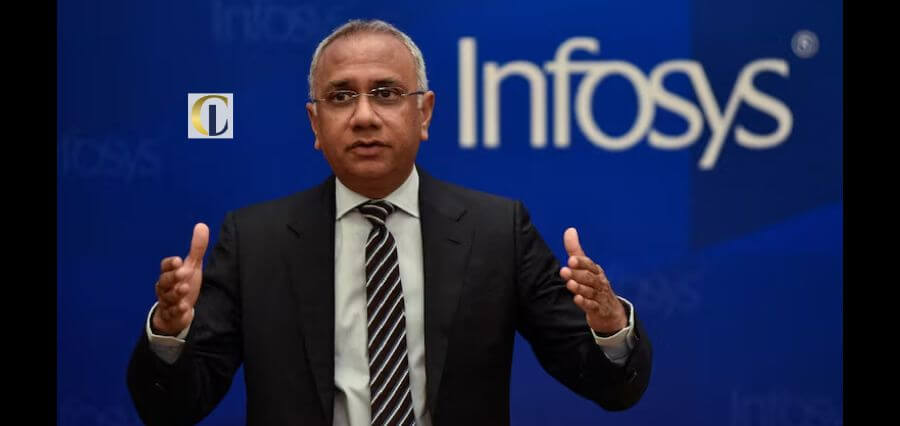Geographic Information Systems (GIS) have become invaluable tools in our increasingly interconnected and data-driven world, enabling us to make informed decisions, solve complex problems, and create more sustainable and efficient solutions across various industries by capturing, analyzing, and visualizing geospatial data. The GIS applications have been useful in enhanced decision-making, Environment management, disaster management and public health.
Accessing and implementing the GIS tools and applications needs expert guidance and skilful implementation. Professional GIS experts like Bhugol GIS Pvt Ltd help systematically implement the solutions, by providing a proprietary suite of GIS Software products to help address various spatial analytics needs.
Bhugol’s products are available to individuals, institutions, academies and organizations as a stand-alone tool and a web-based distributed GIS platform that can be easily customized to develop specific applications using front-end computer languages.
In an interview with the CioLook India team, the Founders– Dr Mrs P. Venkatachalam, Dr B Krishna Mohan and Dr S Venkatachalam, regaled their journey.
Kindly brief us about Bhugol GIS and its initial journey.
Ours is a technology products and services firm developed and incubated at IIT Bombay. The technology development was initially supported through an international grant provided by UNDP to create sophisticated yet easy-to-use spatial analytics and tool aligned towards addressing the need of a developing country environment.
Over the years, the tool and company have developed its proprietary tool, GRAM++. GRAM is an acronym for Geo-Referenced Area Management, featuring robust Mapping, Data Analytics and Image Processing capabilities. Thus, India’s first full-stack GIS analytic tool was born.
Based on unique algorithms and data analytics models researched and cultivated at the Centre of Studies in Resource Engineering, IIT Bombay – we constructed a comprehensive suite of products that have competency in developing solutions based on a Geographical Information System (GIS) platform using Cognitive Data Analysis Matrices and Complex Image Processing templates.
GRAM++ is a recognized GIS IP and tool in the Spatial analytics markets used by academicians, researchers, and industry users across various sectors, from health and E-Governance to Urban and Infrastructure Planning to Disaster Management and Crop Analytics. It is a technology tool recognized by the erstwhile Planning Commission, Govt. of India (Now “Niti Aayog”) as the recommended tool in its handbook of “Manual for Integrated District Planning.”
We initially focused mainly on public sector development projects and academia, on projects managed through IIT Bombay but have now evolved into developing specific solutions for various upcoming and sunrise sectors, including Smart Cities, Connected vehicles and Disaster management as part of the Digital India initiative.
Please give an overview of the services and solutions you offer. What differentiates them from competitors?
The key products developed and commercially available are:
GRAM++ was developed with support from the Department of Science and Technology (DST) project initiative and the United Nations Development Program (UNDP). GRAM++ and the suite of products provides solutions for assessing and managing multi-dimensional risks across a wide spectrum of contemporary challenges that require analysis and management through a dedicated Spatial Knowledge Management approach.
GRAM++ has rich functionality to support: Spatial database preparation by the import of data from popular GIS formats, Map editing and onscreen digitization of scanned documents, analysis using tools such as Vector analysis, TIN, and Network analysis to support map display, query, statistical chart generation, distance calculation, thematic map generation, terrain modelling and contour generation, shortest path and spatial allocation problem. GRAM++ also has equally rich raster functionality.
Web GRAM Server, known by the name Web GRAM Server, allows the user organizations to publish their data on the web and offers the users various geo-processing capabilities to view multilayer spatial datasets, user-selectable zoom and pan, toggle between different layers, and perform spatial query/analysis operations and thematic map generation on the web. It is a powerful application with no demands on the client side except for a web browser.
e-tutor for GIS won first prize in an “International Society for Photogrammetry and Remote Sensing (ISPRS)” conference in Japan, designed considering the requirements of a wide range of users.
The system is fully interactive, and the users can proceed step by step. The GIS theory is categorized under 22 broad sections, and each section has a series of subsections, explained through text and graphical illustrations, supplemented with hands-on exercises.
Our Differentiator from Competitors:
We developed a product suite including GRAM++ India’s first fully indigenous full-fledged desktop GIS software package offering a rich set of functionalities and capable of utilization in a wide range of application projects. It is a powerful tool suitable for planning, resources monitoring, mapping and environmental assessment applications.
Due to the software being fully in-house developed, it can be customized to suit the end-user needs in planning and monitoring activities.
In addition to GRAM++, Web Gram Server is also available to publish user data on the web for viewing maps and query results. On the client side, all that is required is just a standard web browser like Chrome, Firefox or Internet Explorer.
Brief us about the Founder/CEO’s motivation and contribution to Bhugol’s success.
We do not believe in a singular CEO model. We are a company of multidisciplinary experts pivoted around a collaborative team culture that is forward-looking and guided by our steering group and leadership team. We, the founding members are invited as the Board of Directors to mentor company’s growth and technology framework.
Younger team members are continually involved and are focused on specific areas of growth for the company that believes in making an impact by creating a decision that creates sustainable solutions for the living world.
Our key motivator is based on the principles of compassionate capitalism that ensure success is defined in terms of an impactful union of ideas and not disruption of values. Using spatial analytics to meet sustainable development goals is an important driver for our young team.
What are the benefits your products, solutions and services offers to the clients?
Our goal is to ensure that through spatial analytics and GIS solutions, they solve problems based on insightful “knowledge” and not mere “information.” Our solutions should help clients make timely, relevant business and governance decisions to optimize their processes and business.
By providing perceptive Location Intelligence through our spatial analytics solutions, our clients gain competitive advantages that are increasingly important in today’s digital and virtual worlds.
So whether it is finding the most optimal location for logistic parks and industrial hubs, making smart connected cars and delivering area-based products to market in the most optimal manner or analyzing risk factors in crop insurance or delivering emergency services in a pandemic world through geo-location services –spatial analytics provided by Bhugol offer immense benefits to our clients and communities.
R&D forms the core of your services. How do you stay updated with the latest in the industry and adapt to it?
At Bhugol, this is a continuing process. Our pedigree lies in being incubated at one of the world’s preeminent academic and R&D hubs of IIT Bombay. This culture continues in our teams, who are continually connected with the industry and institutions –analyzing their needs and matching their proposed solutions with our spatial analytics tools.
By creating a spatial database for MCGM and the Mumbai local government during the COVID pandemic, Bhugol integrated various new technology processes such as data mining, big data analytics, and web-based GIS system development.
Likewise, for developing a timber tracking tool through geo-tagging and mapping source to destination logistics for the state forest department. Bhugol tools benefit environmental goals while mitigating risks and negative impacts of illegal logging in protected forests.
What new can we expect from Bhugol GIS in the coming years?
The world is quickly digitizing its Built environment, and Digital twins are continually being created while millions of terabytes of digital data are generated.
Whether it is Google Maps or the virtual rendering of infrastructure through various means— all this data and visualization will need to be compiled, analyzed and presented meaningfully for making decisions for multiple matters for successful business/governance.
Hence, the requirement is now that spatial analytics technology is based on a GIS platform that embeds multi attributes data and presents it visually and precisely in an interactive manner.
The billions spent by companies such as Google in mapping the physical world, Underwater environments and now outer space—is but just a start in an area whereby we will increasingly depend on interacting with our environment through spatial coordinates.
Bhugol’s GIS and location-based analytics will play an active part in this new phase of the digital revolution over the coming decades. We are actively working on various solutions based on integrating developing IOT, GPS, Drone, GPR, LIDAR and GIS technologies into a holistic tool in which future communities will function. Whether it is an autonomous vehicle, automated asset management and tracking or smart logistics solutions that will spearhead this new digital revolution in location-based spatial solutions.








